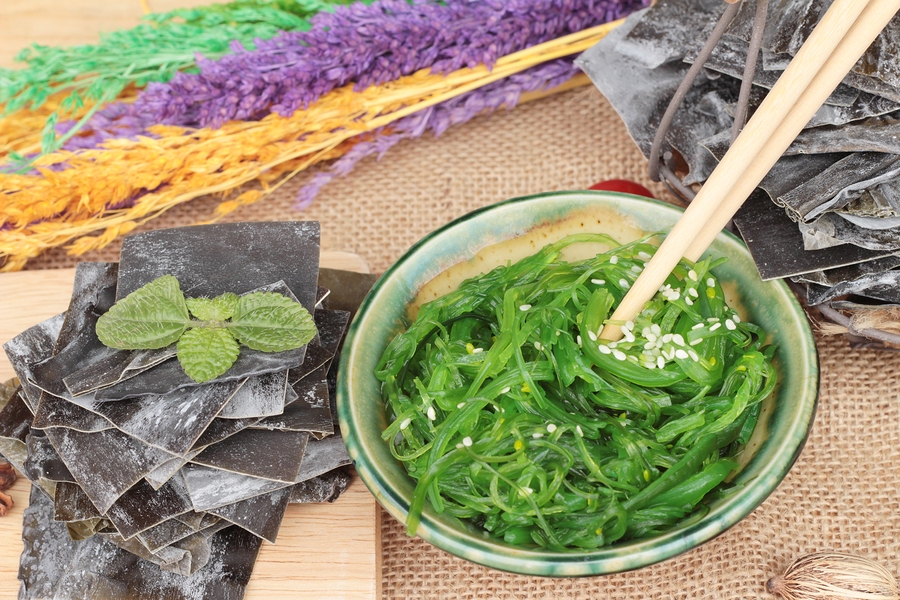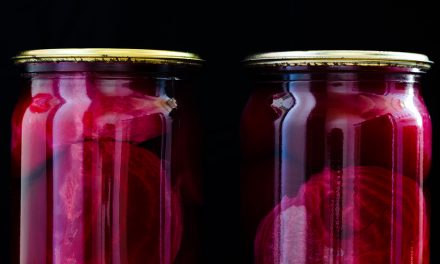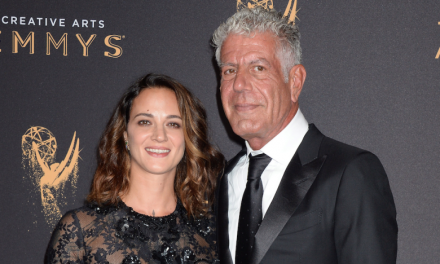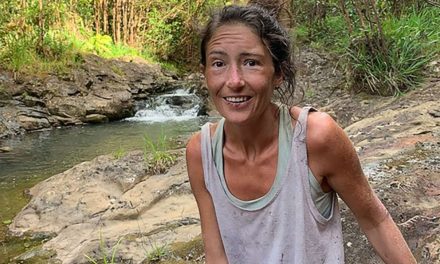Move over Kale. You’re so 2015.
Hello kelp.
Long a huge industry in Asia, seaweed production has recently hit American shores thanks to some cleaver entrepreneurs who are growing fresh (with frozen options) seaweed right here in the States.
Just off the Maine coast, Peter Fischer, Peter Arnold and Seth Barker, own Maine Fresh Sea Farms. Back in September, they set tiny starter plants of three varieties of edible seaweed out: kelp, dulse and alaria. And now they have several wide lines of biomass that extend out for yards, just under the water’s surface.
The men are all older than 65, and have worked these shores for decades. After watching the decline of some of Maine’s traditional fisheries like sardine, cod, and shrimp, they thought to themselves- why not? No one else is doing it (and greens are selling for up to $15 a pound at retail)!
So, with some financial help from the National Oceanic and Atmospheric Administration, and from a local nonprofit development agency, they started their business. There are some who hope that seaweed farming will boost and diversify existing infrastructure and expertise in the state’s seafaring communities. Seaweed requires no fertilizer, pesticides, fresh water, or arable land. And kelp provides a good dose of iodine, potassium, calcium and other micro-nutrients, protein, soluble fiber, and Omega-3 fatty acids.
It also grows quickly which means quick carbon dioxide uptake and that can reduce ocean acidification. From NPR: “Seaweed can filter excess nitrogen and phosphorous from the water, too. A National Oceanic and Atmospheric Administration-funded project in Washington State’s Puget Sound is aiming to prove that farmed seaweed can create a “protective halo” around stressed sea habitats.”
So besides being sustainable- it’s restorative and that’s good for the planet. At this point, we need to look not only at not doing more harm but look to how we can help restore and heal our environment.
More from NPR:
“I grew up in Maine, and this is what you used to abuse your younger sister on the beach — whipping her with kelp,” says Neal Harden, the chef at a soon-to-open vegetarian version of New York City’s Michelin-rated ABC Kitchen. He acknowledges that seaweed can seem like a funny choice for haute cuisine.
Harden has been looking for a source of fresh ocean greens for his new menu. He says he’s lucky to have found the Maine product, which he plans to incorporate into several dishes — including the fettuccine and a morel and dulse salad — while it’s in season (seaweed grows best in the colder months).”
Ok, I’m sure you are dying to try some kelp now, right? Well, check out this recipe from NPR:
Fettucine With Maine Seaweed, Market Mushrooms And Spring Onions
Recipe courtesy of Neal Harden, chef de cuisine at ABCV — the forthcoming vegetarian venture from ABC Kitchen
Ingredients:
½ cup mixed fresh Maine seaweed (sugar kelp, winged kelp, kelp stipes), blanched and shocked in ice water, cut or torn into bite-sized pieces
¼ cup spring onion, white parts, cut into thin rings + 1 tsp. sliced spring onion greens
4 whole shiitake caps, cut in half
½ cup (loosely packed) oyster mushrooms, stems removed, torn or cut into bite-sized pieces
1/8 tsp. salt
1 pinch kelp powder (optional but delicious)
5 grinds of fresh black pepper (plus more to finish)
2-3 tsp. extra virgin olive oil
1 cup fresh fettucine
7 sprigs of fresh dill
Directions:
Bring a small pan to medium-low heat. Sweat the spring onions in the olive oil until they soften and begin to get translucent. Add the mushrooms, salt, pepper and kelp powder. Turn up the heat just slightly. Cook until mushrooms are cooked through and releasing lots of juices. Add the seaweed and cook until it’s heated through and all flavors are melded. Add additional salt to taste.
Add cooked and drained fettuccine to the saute pan. Cook until pasta absorbs the juices, adding a bit of pasta water if sauce begins to dry out. Finish with additional fresh pepper and dill sprigs. Top with fresh, grated Parmesan if desired.
Source: NPR












